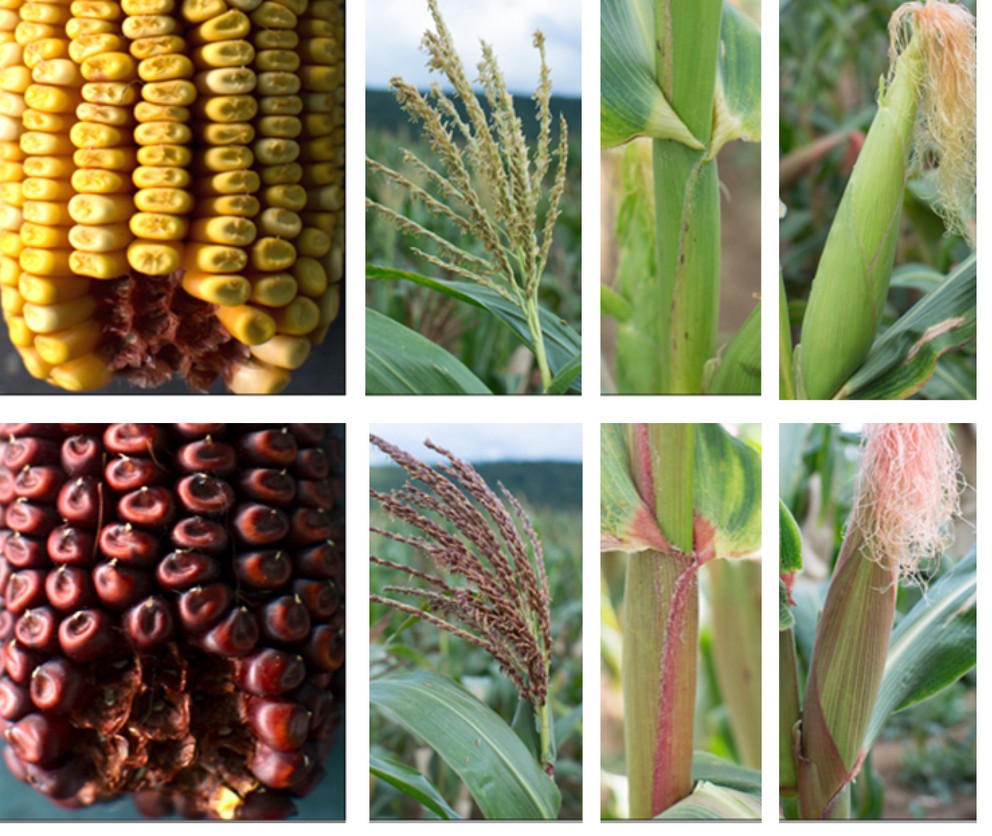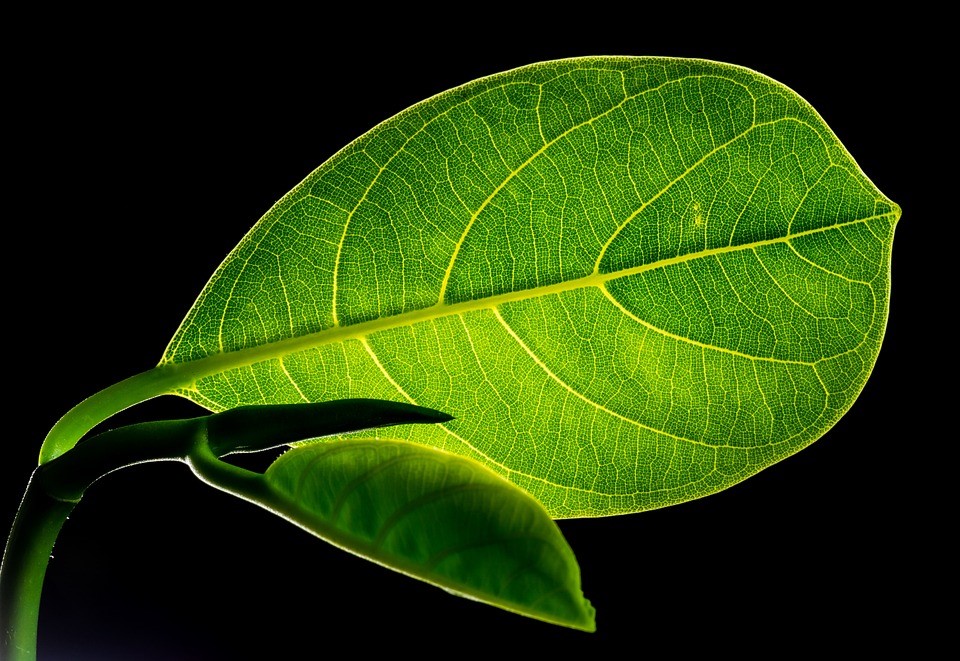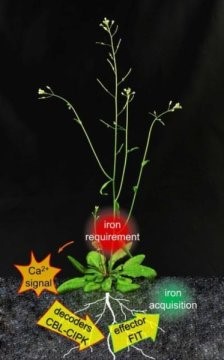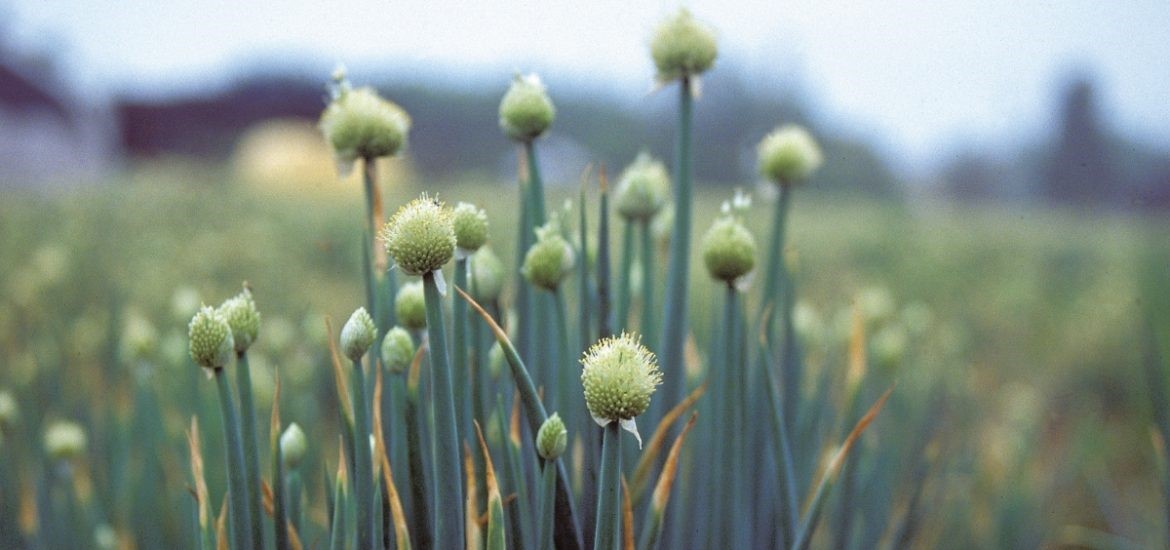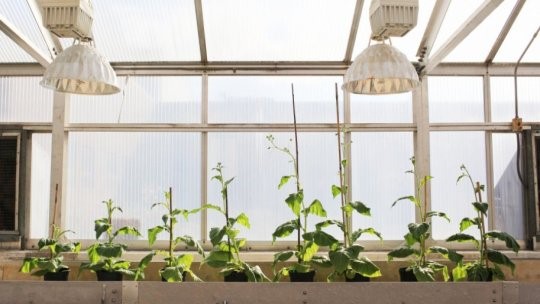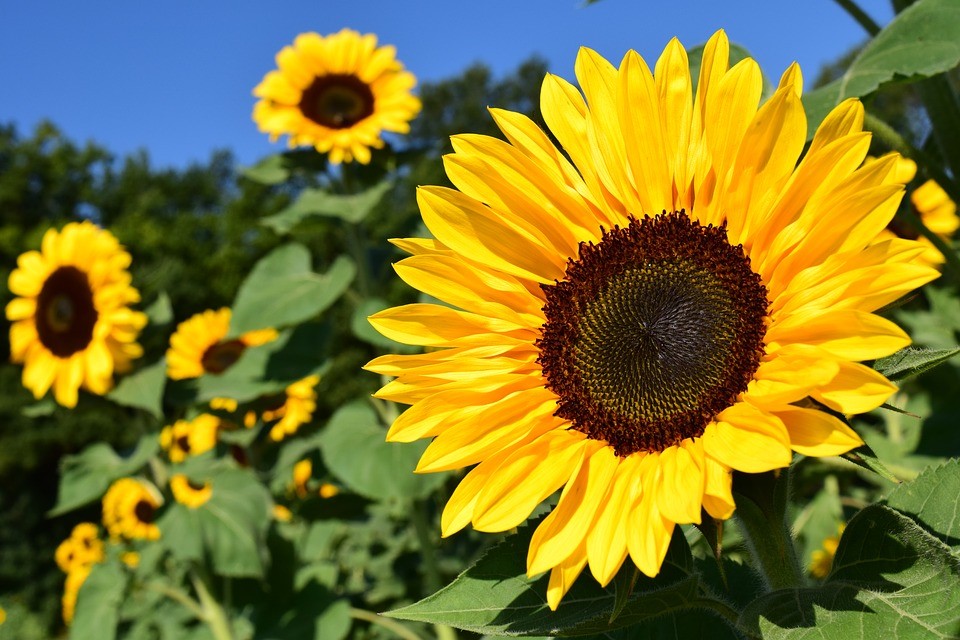58-Year-Old Corn Gene Mystery Unraveled
When scientists discovered a mutant gene that "turns on" another gene responsible for the red pigments seen in corn, they also solved an almost six-decades-old mystery with a finding that may have implications for plant breeding in the future. The mystery involved a spontaneous gene mutation causing red pigments to »




